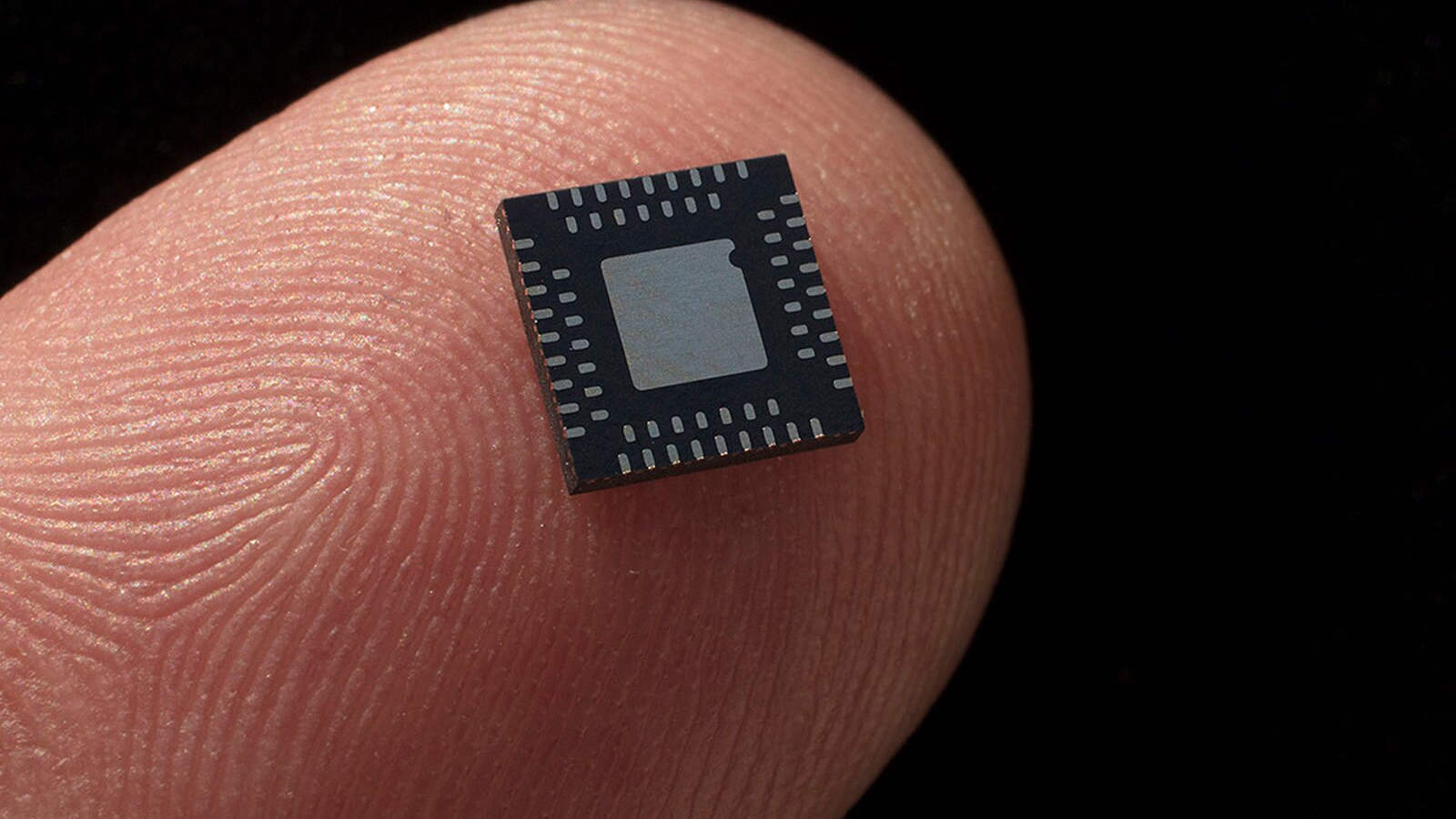Lenovo's in-house Arm chip could rival Qualcomm and MediaTek, spotted in Yoga Pad Pro 2-in-1 convertible
Reportedly wields a 10-core layout, fabbed on TSMC's 5nm process.

A growing trend towards in-house chips is emerging across the industry, particularly surrounding Chinese manufacturers, evidenced by Huawei's Kirin X90, Xiaomi's rumored XRing, and now, apparently, Lenovo is in the mix as well. As noted by chunvn8888 at X (formerly Twitter), Lenovo's upcoming Yoga Pad Pro was seen featuring a custom SoC (System on Chip) codenamed "SS1101", which likely uses Arm's off-the-shelf Cortex designs. This was further confirmed and analyzed in detail by leaker Digital Chat Station, though some technical details remain in the dark.
With limited global coverage and availability, Lenovo's Yoga Pad Pro series is likely reserved for the Chinese market, serving as 2-in-1 hybrid devices that can be configured as either a laptop or a tablet. The previous iteration, which launched last December, was powered by Qualcomm's Snapdragon 8 Gen 3 chipset. Since Lenovo is predominantly a PC/Laptop-first company, their decision to invest in a custom chip for a relatively smaller market is somewhat intriguing.
The SoC in question features a decacore (2+2+3+3) layout based on the Arm64-v8a ISA, though the precise CPU core architectures and configuration details have not been specified. The fastest cluster is specified to hit 3.29 GHz, complemented by a trio of cores at 2.83 GHz, another pair at 1.9 GHz, and the remaining at 1.71 GHz.
Lenovo has its own self-developed chip! Available in Lenovo Yoga Pad Pro 14.5Processor name: SS11012+2+3+3 10core3.29GhzMali G720 pic.twitter.com/QINNEBkFFpMay 9, 2025
Digital Chat Station alleges the SoC uses an Arm Immortalis G720 GPU, also found in MediaTek's Dimensity 9300 and 8400 SoCs. Fabrication-wise, another leaker, Olrak, alludes to a 5nm process from TSMC instead of SMIC or Samsung.
Chinese manufacturers are actively pushing out indigenous chip solutions, aligning with the nation's objective to reduce reliance on Western technology. A significant impediment to China's progress lies in semiconductor manufacturing, where SMIC has been limited to 7nm-technology for several years. Surprisingly, the US ban hammer hasn't struck down Lenovo or Xiaomi, for that matter, so these entities can actively procure leading-edge chips from TSMC, at least for the time being.
Since Lenovo has not detailed the specifics of this SoC, we will have to wait until independent reviews of the tablet or the official datasheet, whichever comes first.
Follow Tom's Hardware on Google News to get our up-to-date news, analysis, and reviews in your feeds. Make sure to click the Follow button.
Get Tom's Hardware's best news and in-depth reviews, straight to your inbox.

Hassam Nasir is a die-hard hardware enthusiast with years of experience as a tech editor and writer, focusing on detailed CPU comparisons and general hardware news. When he’s not working, you’ll find him bending tubes for his ever-evolving custom water-loop gaming rig or benchmarking the latest CPUs and GPUs just for fun.
-
cyrusfox Android OS right? Would be more interesting if Microsoft opened up the platform to more ARM attempts. but as Quallcomm launch saw limited success (platform was way too expensive), personally interested to see how these fair if put on the same OS. I would expect a N150 class chip to still beat them in performance, but perhaps not in graphics or battery life. We need lunar lake like efficiency at the bottom of the market. Maybe Panther lake will give a low end sku.Reply -
thestryker Reply
Qualcomm had/has an exclusivity deal, but I'm not sure the terms have ever been made public. In theory it should be ended already or ending this year which would open things up a lot as long as someone was willing to do driver work.cyrusfox said:Android OS right? Would be more interesting if Microsoft opened up the platform to more ARM attempts.